Research
The study of memory is part of everything we do. Please see below for some recent and ongoing projects.
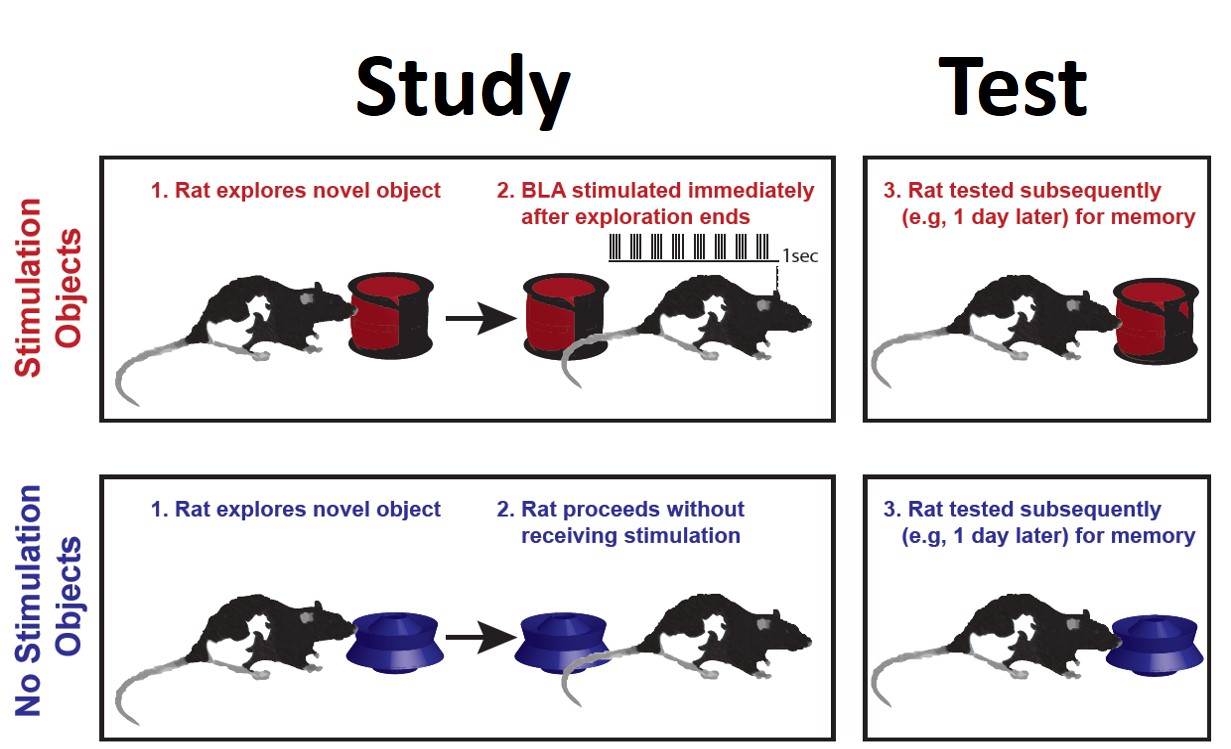
Stimulation of the basolateral amygdala to enhance hippocampus-dependent memory in rats
Emotional events are often remembered better than neutral events, and the basolateral complex of the amygdala (BLA) is thought to mediate this memory enhancement in part via its direct projections to the hippocampus. In a number of studies, we have used electrical stimulation, optogenetic stimulation, or local norepinephrine infusion to manipulate BLA activity directly with the goal of enhancing memory for non-emotional stimuli such as toy-like objects. The results of this program of research indicate that activation of the BLA results in improved memory in part by modulating activity in the hippocampus. The long-term goal of this research program is to understand how modulation of the hippocampus by the amygdala can at times lead to memory enhancement and at times lead to memory dysfunction, such as that observed in post-traumatic stress disorder (PTSD).
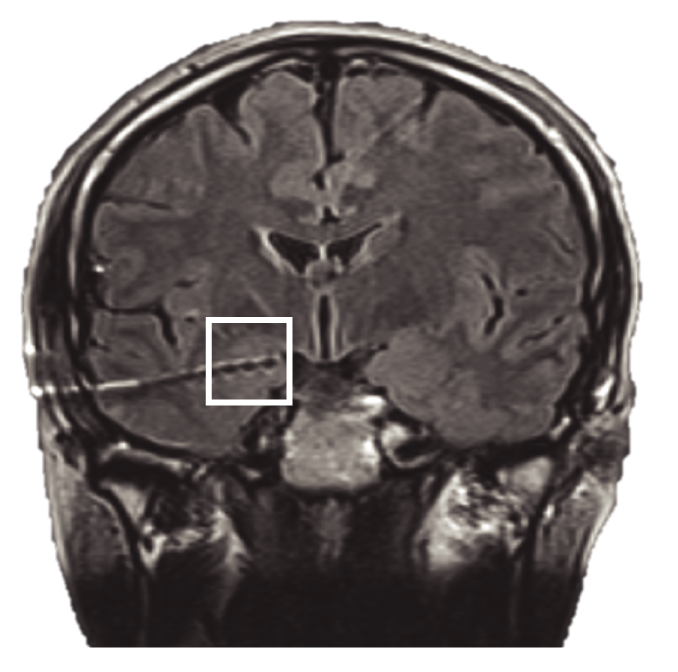
Memory-enhancing amygdala stimulation in humans
In collaboration with colleagues now at Washington University and University of Utah, we recently published results from similar experiments in human patients who volunteered to participate in amygdala stimulation studies after having electrodes implanted to monitor for epileptic seizures (Inman et al., 2018). Stimulation of the amygdala in humans resulted in improved one-day recognition memory despite all the participants indicating that they could not feel the stimulation.
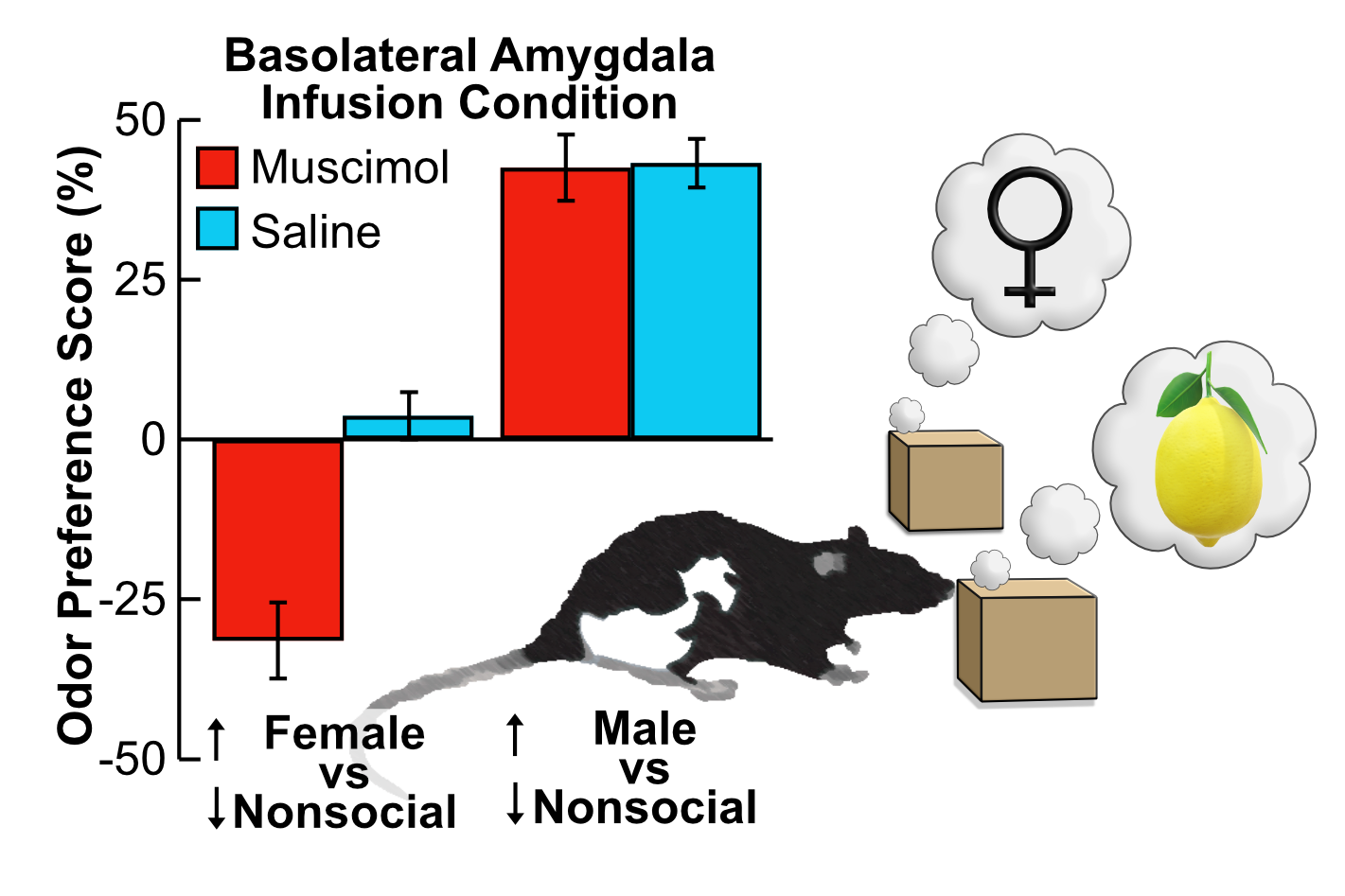
Basolateral amygdala and affective salience
As an extension of our efforts to understand the role of the basolateral amygdala in modulating hippocampus-dependent memory, we have reported that the basolateral amygdala is important for guiding female rats' spontaneous preference for (or against) conspecific female urine odors relative to plant-based nonsocial odorants.
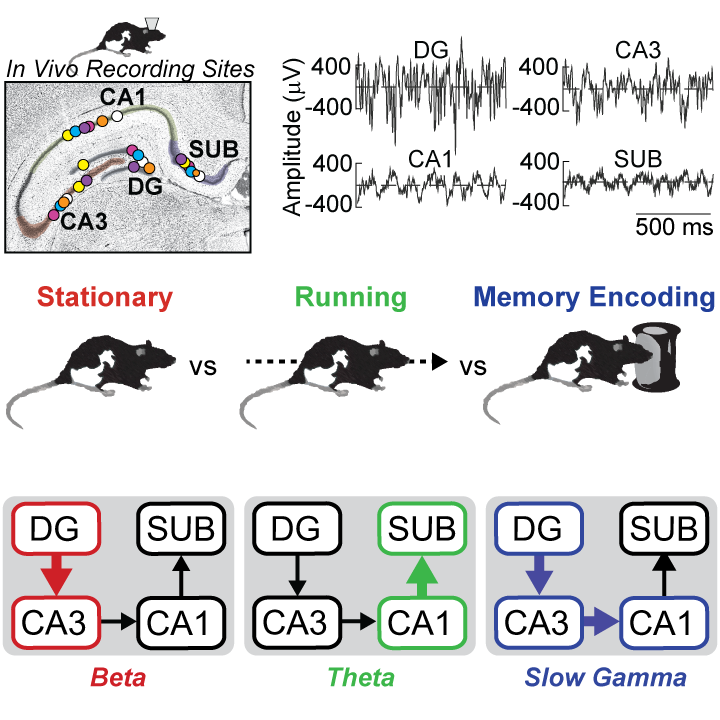
Neuronal oscillations and memory states
We are interested in how neural synchrony in brain relates to successful memory performance. For example, we have observed that elevated gamma coherence between subregions in the hippocampus correlates with good memory encoding. More broadly, the results provide insight into how brain regions dynamically couple and uncouple to support memory processes. The overall goal of this line of research is to better understand the complicated functional dynamics of the extended hippocampal network as it relates to memory encoding and retrieval. This line of work intersects with our line of work on amygdala stimulation to the extent that we have found that memory-enhancing amygdala stimulation can elicit gamma oscillations in the hippocampus.
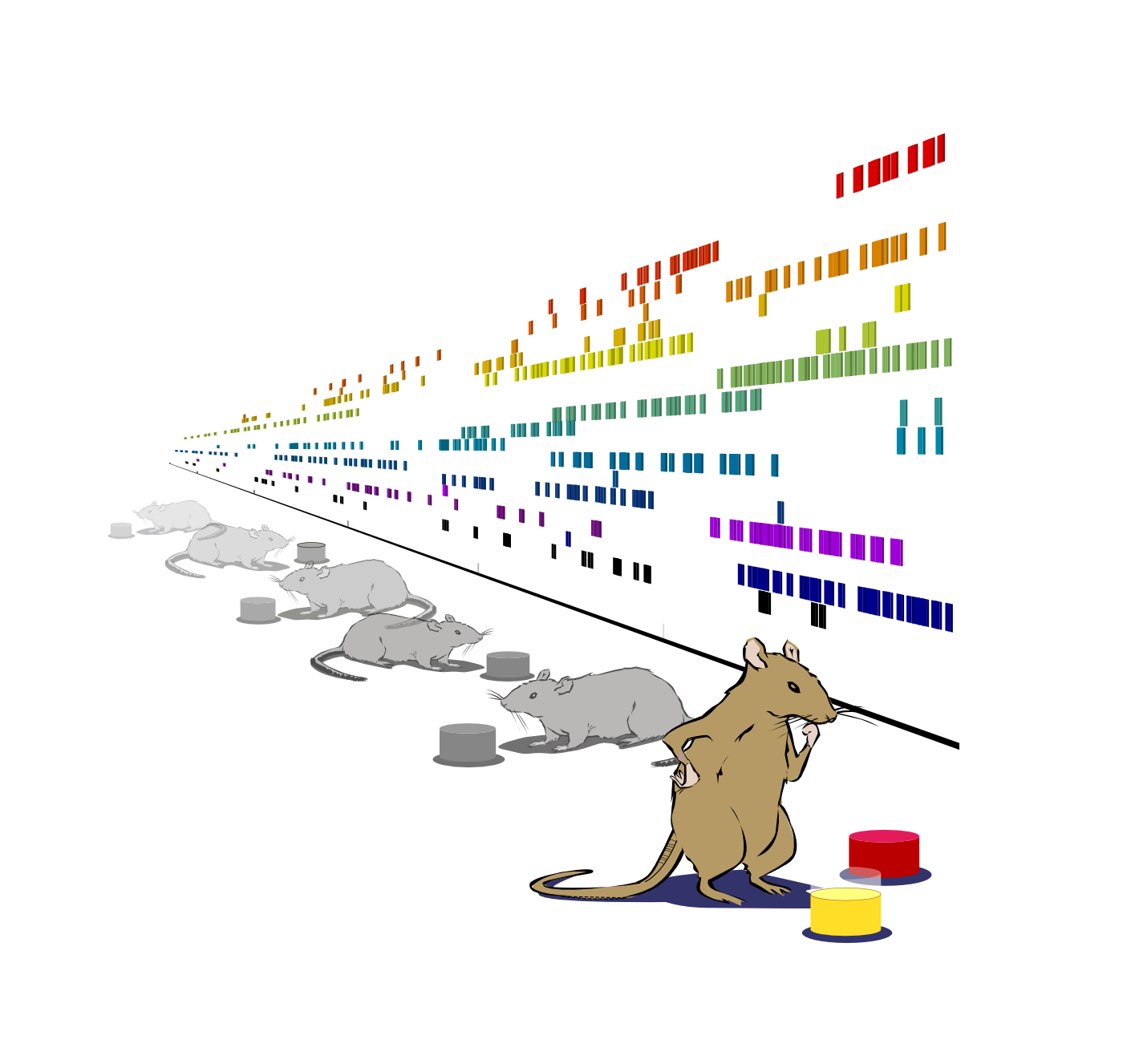
Hippocampal spiking and spatiotemporal context of memory
We have used single-unit in vivo electrophysiology to ask how spiking activity in the hippocampus relates to memory for individual items encountered in a spatial or temporal context. By looking at multi-neuron ensemble activity, we found that spatially or temporally adjacent items were represented more similarly than spatially or temporally distant items and that this similarity related to successful performance. Our findings were consistent with previous results from both computational modeling and cognitive psychology, which have both suggested that items are associated in memory indirectly via a common context rather than directly linked. The broader goal of this line of research is understand the consequences of context dependency on memory, both in terms of performance and neural correlates.
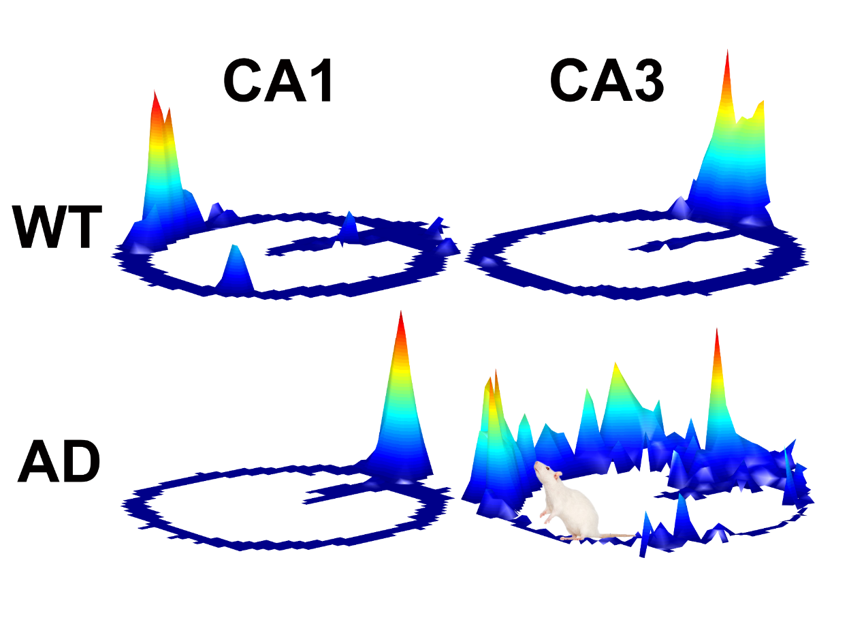
Rat models of Alzheimer's disease and cholinergic drugs
We have used a rat model of Alzheimer's disease to ask questions about hippocampal dysfunction during early stages of the disease. For example, we have recorded place cells as a measure of spatial information fidelity and have found that AD rats, relative to wildtype (WT) littermates, show good CA1 but bad CA3 hippocampal place cells. We have also pursued several recently-developed cholinergic drugs to understand how these drugs might impact hippocampal function and dysfunction in AD.
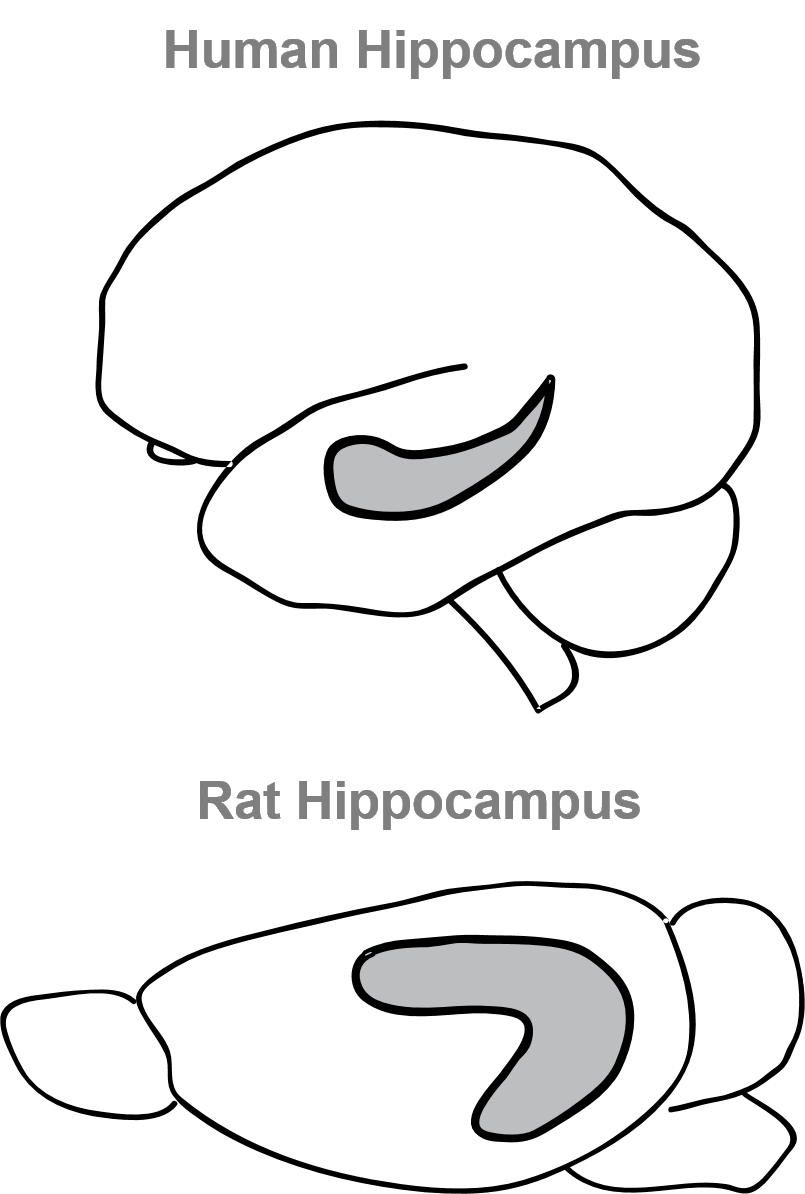
Study of memory in humans
Dr. Manns obtained his PhD while working with amnesic patients, and has maintained collaborations with other labs that study memory in humans. In addition, the Manns Lab has recenty returned to conducting memory experiments with human participants. A focus of this newer research in the Manns Lab has been semantic memory.